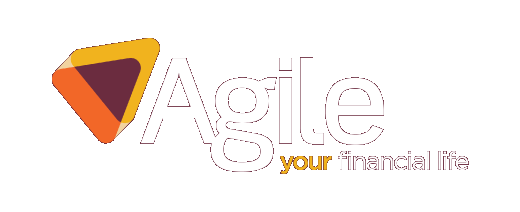Inflation continues to be a challenge for economies around the world, but figures released in June suggest the pressure is starting to ease. Read on to discover some of the factors that influenced investment markets during June.
Remember, you should take a long-term view when investing, as markets can experience short-term volatility. If you have any questions about the market or what movements mean for you, please get in touch.
UK
Inflation in the UK remains stubbornly high – it was 8.7% in the 12 months to May 2023.
In response to high inflation, the Bank of England once again increased its base interest rate. As of June 2023, the rate is 5% – the highest it’s been since 2008. The move is set to place significant pressure on both households and businesses.
Rising interest rates are having a direct effect on mortgages. According to Moneyfacts, the average two-year fixed-rate deal hit 6% and thousands of families will face higher outgoings as a result.
In fact, the National Institute of Economic and Social Research warned 4% (1.2 million) of all households will run out of savings because of higher mortgage repayments and become insolvent by the end of the year.
Unsurprisingly, rising mortgage interest rates are affecting the property market. New mortgage approvals and property prices have both stalled. Ratings agency Moody’s predicts property prices could fall by 10% over the next two years.
Despite increasing interest rates for borrowers, many people aren’t seeing the interest rate on their savings increase as much. The chair of the Treasury Committee, Harriet Baldwin MP, said banks need to “up their game” to encourage saving.
From a business perspective, the Insolvency Service linked interest rates and the rising cost of living to the 40% increase in company insolvencies in May when compared to a year earlier.
Retail businesses are also facing difficulties as consumers curb their spending. Business advisory firm BDO’s High Street Sales Tracker shows retail sales fell 1.5% in May when compared to 2022. Online sales were hit particularly hard and declined by 3.3%.
With many businesses uncertain about the months ahead, some are cutting back on hiring new employees. A job survey from KPMG reveals permanent staff appointments fell for the eighth consecutive month.
Economic data for the UK paints a mixed picture.
The good news is the UK avoided falling into a recession, though experts warn there are still risks. Growth in April 2023 means the UK economy has finally recovered from its Covid-19 slump and it is now above pre-pandemic levels.
However, the national debt hit 100% of GDP. National borrowing is at its highest level since 1961. Figures show borrowing more than doubled in May as it was affected by the cost of energy support schemes, inflation-linked benefit payments, and interest payments on debt.
Despite the challenges of high inflation and Brexit, there was some good news for the financial services sector. According to a report from EY, the City of London is still the most attractive destination for financial services investment in Europe.
Europe
The eurozone has fallen into a recession. Data from Eurostat shows eurozone GDP fell by 0.1% between January and March this year, following a decline in the final quarter of 2022.
However, the wider EU swerved a recession after GDP increased by 0.1% in the first three months of the year.
Inflation in the eurozone fell to its lowest level since the start of the war in Ukraine – consumer prices increased by 6.1% in the year to May. This was partly attributed to energy prices falling.
The International Monetary Fund (IMF) said rising corporate profits were fuelling Europe’s inflation, as companies have increased prices by more than spiking costs of imported energy. The organisation said profits accounted for 45% of the price rises since the start of 2022.
Despite inflation easing, Christine Lagarde, president of the European Central Bank (ECB), warned there was no clear evidence that underlying inflation in the eurozone had peaked yet.
In response to inflation figures, the ECB increased interest rates by 25 basis points. Lagarde also said the central bank could raise rates again in July.
The challenges firms are facing were reflected in the Ifo Institute’s business climate index as Germany experienced a larger decline than expected. Clemens Fuest, the president of the organisation, said: “Sentiment in the German economy has clouded over noticeably.”
US
Inflation in the US fell in May when compared to a month earlier to 4%. Declining energy prices, which were 11.7% lower than they were a year ago, helped to reduce the overall rate.
There was good news in the US when the Labor Department announced 339,000 jobs were added in May – far higher than the 190,000 previously predicted. It led to the Dow Jones Industrial Average, an index of 30 of the US’s largest companies, jumping by 2.1% at the start of June.
Please note:
This blog is for general information only and does not constitute advice. The information is aimed at retail clients only.
The value of your investment can go down as well as up and you may not get back the full amount you invested. Past performance is not a reliable indicator of future performance.









